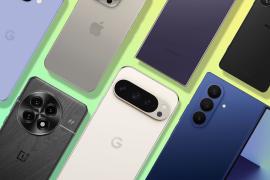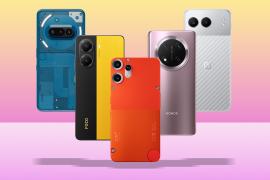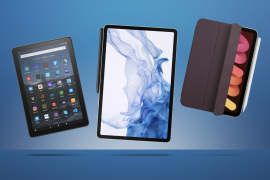Nubia Z80 Ultra review: I’m a big fan of this left-field flagship’s unusual camera setup
35mm lead lens makes for a street photography star

Stuff Verdict
Software isn’t as polished as some rivals and year-on-year upgrades aren’t massive, but the Z80 Ultra is still an astonishingly affordable flagship with performance to spare and competitive cameras
Pros
- Photographer-friendly rear camera trio is a blast to use
- Rapid performance and outstanding battery life
- Stripped-back take on Android is a breeze to use
Cons
- Under-display camera not the greatest for selfie addicts
- Thicker and heavier than other flagships
- Left behind on software features
Introduction
Playing it safe won’t always get you noticed in the mobile world. While a lot of flagship phones feel like cookie cutter replicas of one another, Nubia prefers to go against the grain – both on hardware and price. The Z80 Ultra is the latest in a line of dark horses that hopes to tempt you away from more well-known names.
It builds on last year’s Z70 Ultra with the latest Qualcomm silicon, an even bigger battery, and a revised set of rear cameras. But don’t worry, the lead lens keeps its unusual 35mm focal length. More importantly, it undercuts pretty much every top-tier handset out there, and arrives right at the start of new phone launch season. $649/£579/€649 for the 12GB+256GB is an absolute steal for the performance on offer.
Does that make it the obvious pick for anyone ready to upgrade right now? Or is it so left field you’d be better off saving your cash for a little longer?
How we test smartphones
Every phone reviewed on Stuff is used as our main device throughout the testing process. We use industry standard benchmarks and tests, as well as our own years of experience, to judge general performance, battery life, display, sound and camera image quality. Manufacturers have no visibility on reviews before they appear online, and we never accept payment to feature products.
Find out more about how we test and rate products.
Design & build: everything but the kitchen sink



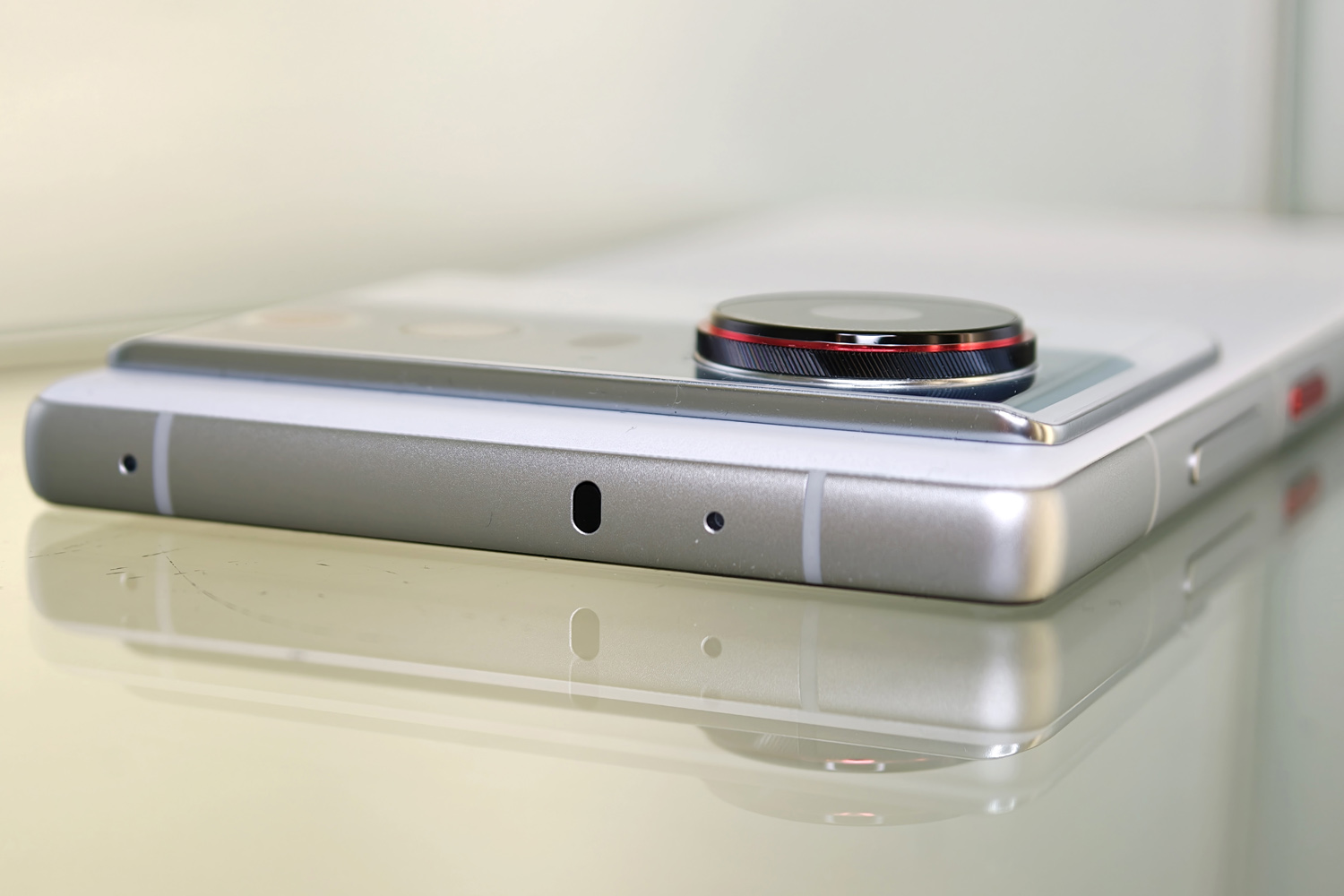
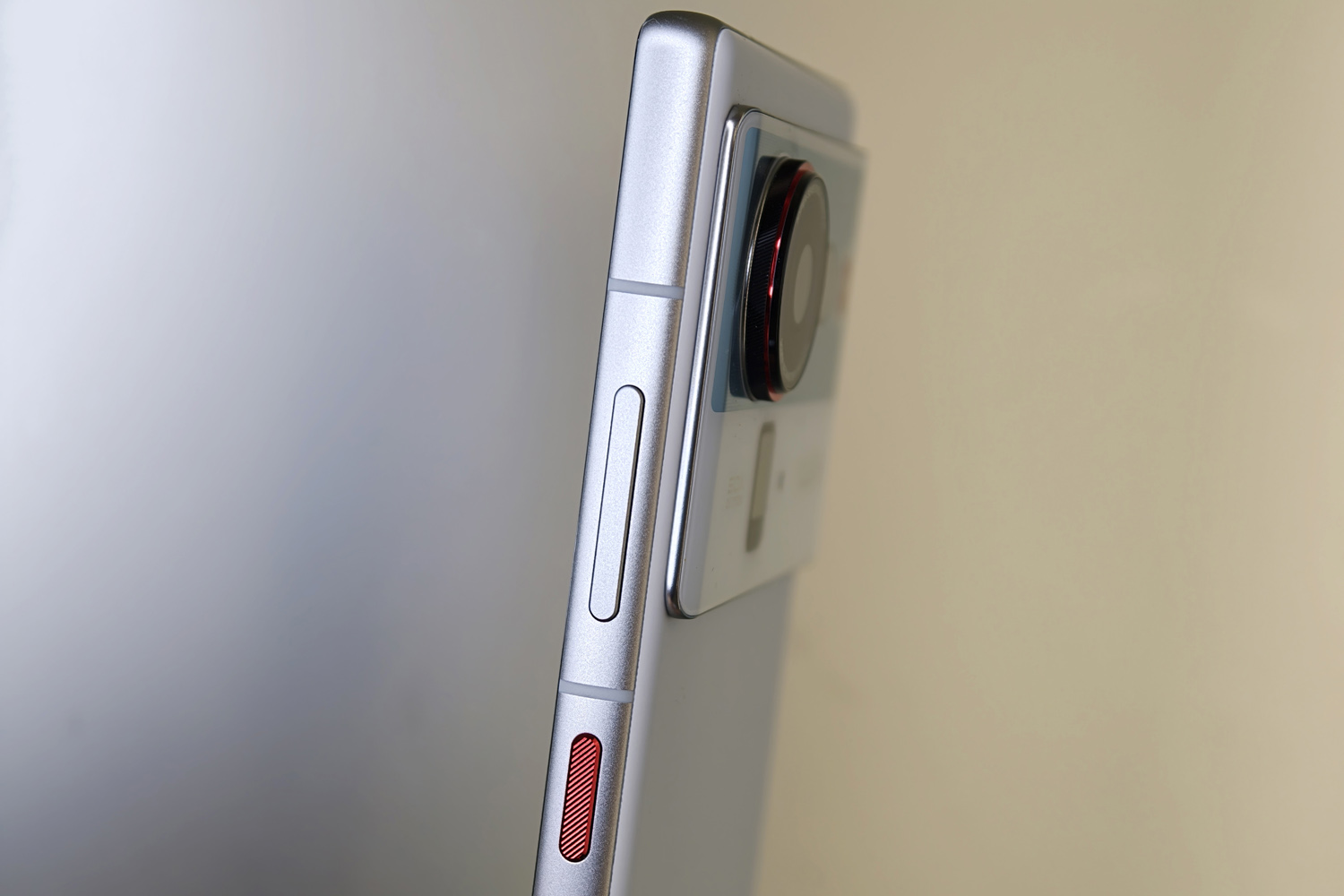
This year’s Nubia halo phone isn’t all that different from the last one – but given the Z70 Ultra was boldly different from just about every other flagship, I’m not complaining. If anything, the firm preempted the iPhone 17 Pro Max‘s full-width rear camera ‘plateau’ by a few years. Only the main snapper sticks out at all here, with the zoom and ultrawide lenses sitting flush to the bump.
Red accents on the power button and around the lead camera lens really stand out on my white review unit. The black version looks more subdued in photos, while the Blue model – inspired by Van Gough’s Starry Night – is entirely the opposite. I think it’s a real looker. Build quality is also on par with pricier rivals, with no cheap-feeling materials to be found.
The frosted glass back panel has been impervious to fingerprints throughout my testing, and I like the way it curves slightly in towards the aluminium central frame – which is also subtly rounded, making this phone very comfortable to hold despite its gargantuan size. At 227g it’s a bit of a heavyweight, too. Up front, the display is fully flat.
Dual IP68 and IP69 resistance ratings are welcome. While I can’t say I’ve ever accidentally dunked my phone in a pan of boiling pasta or loaded it into the dishwasher by mistake, the Z80 Ultra should survive both.
An alert slider on the left edge feels very OnePlus-inspired, but Nubia lets you use it to launch apps as well as put the phone into silent mode. It’s the next best thing to adopting a fully customisable key like Apple’s Action button. I actually prefer Nubia’s physical two-stage shutter button to Apple’s Camera Control touch surface, too: the placement is way nicer, being easy to reach for landscape shots as well as portraits.
Screen & sound: get the whole picture
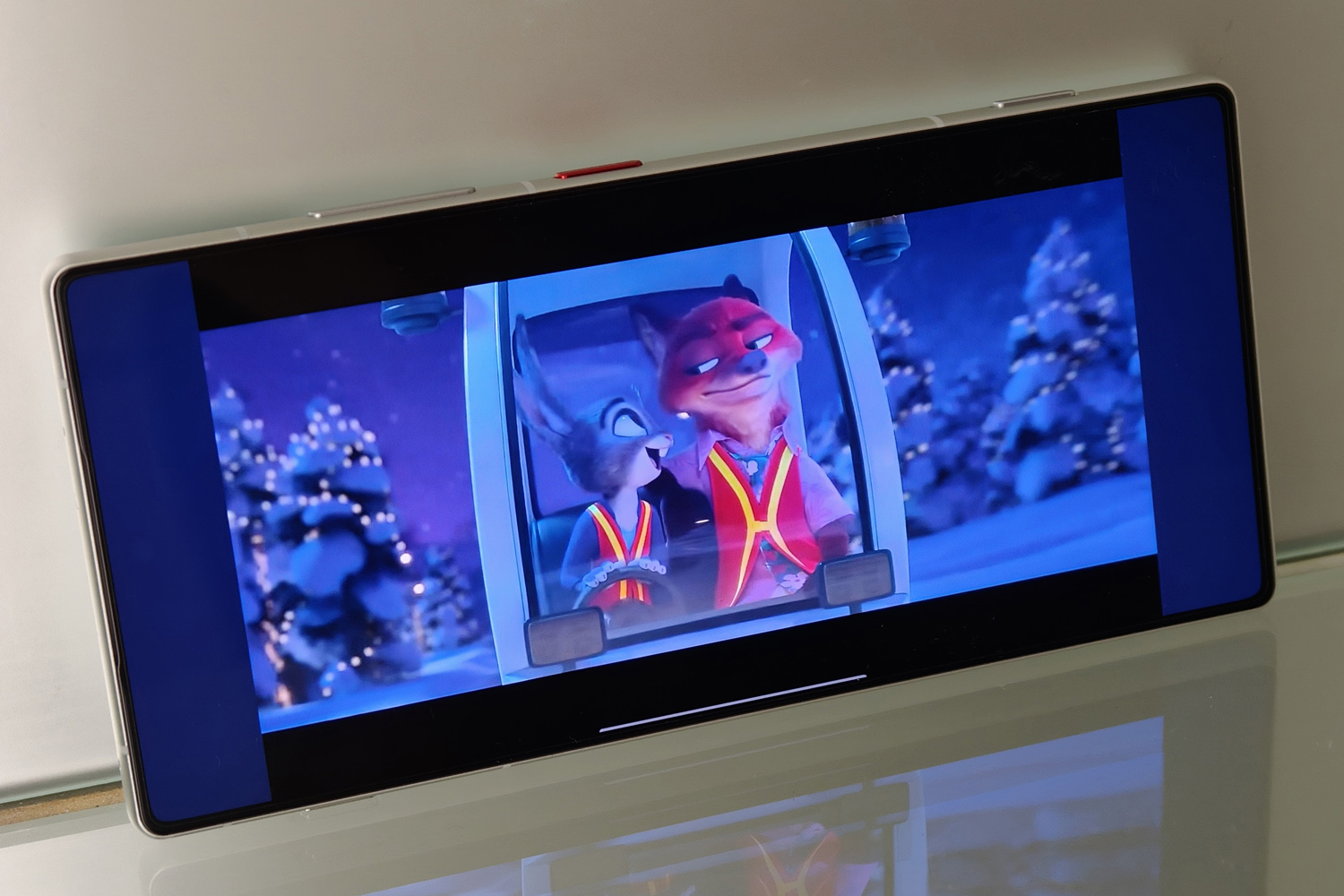


Gamers and mobile movie lovers will appreciate the Z80 Ultra’s under-display front camera, which is practically invisible and means your content is free to fill the entire front face of the phone. I rarely snap selfies, so would much rather have an uninterrupted view. It helps that the 6.85in AMOLED is huge – so much so that one-handed use can be tricky without shrinking the UI using a gesture – and the bezels are suitably slim.
Spec-wise things haven’t changed too much between generations, so you’re getting the same crisp 2688×1216 resolution and 144Hz variable refresh rate, which really only kicks in during games. Otherwise it tends to bounce between 120Hz and 60Hz, depending on if you’re scrolling or looking at static content. The transition is pretty seamless and motion was wonderfully smooth.
Colours are super punchy, being more vibrant than other AMOLED panels I’ve tested recently, and with cooler whites. There are some more subdued screen modes to experiment with, but the colour temperature slider makes changes that are too dramatic for my liking and is best left alone. Blacks are beautifully deep, as you’d expect, and viewing angles are great too.
You only get HDR10 support here, with no HLG or Dolby Vision, and Google’s Ultra HDR standard didn’t want to kick in when scrolling through my photo gallery either. That’s not to say the panel is in any way dim: it peaks at 2000 nits, which is a great showing for a high-end phone. While not the absolute brightest I’ve seen, it was enough I could always read the screen clearly while outside, even on bright days.
The stereo speakers are a good match to the screen, getting loud enough for games or personal viewing. The down-firing main driver does most of the heavy lifting, and can’t maintain its composure when pushing the volume as far as it’ll go, but that’s true of most smartphones.
Cameras: take it to the streets
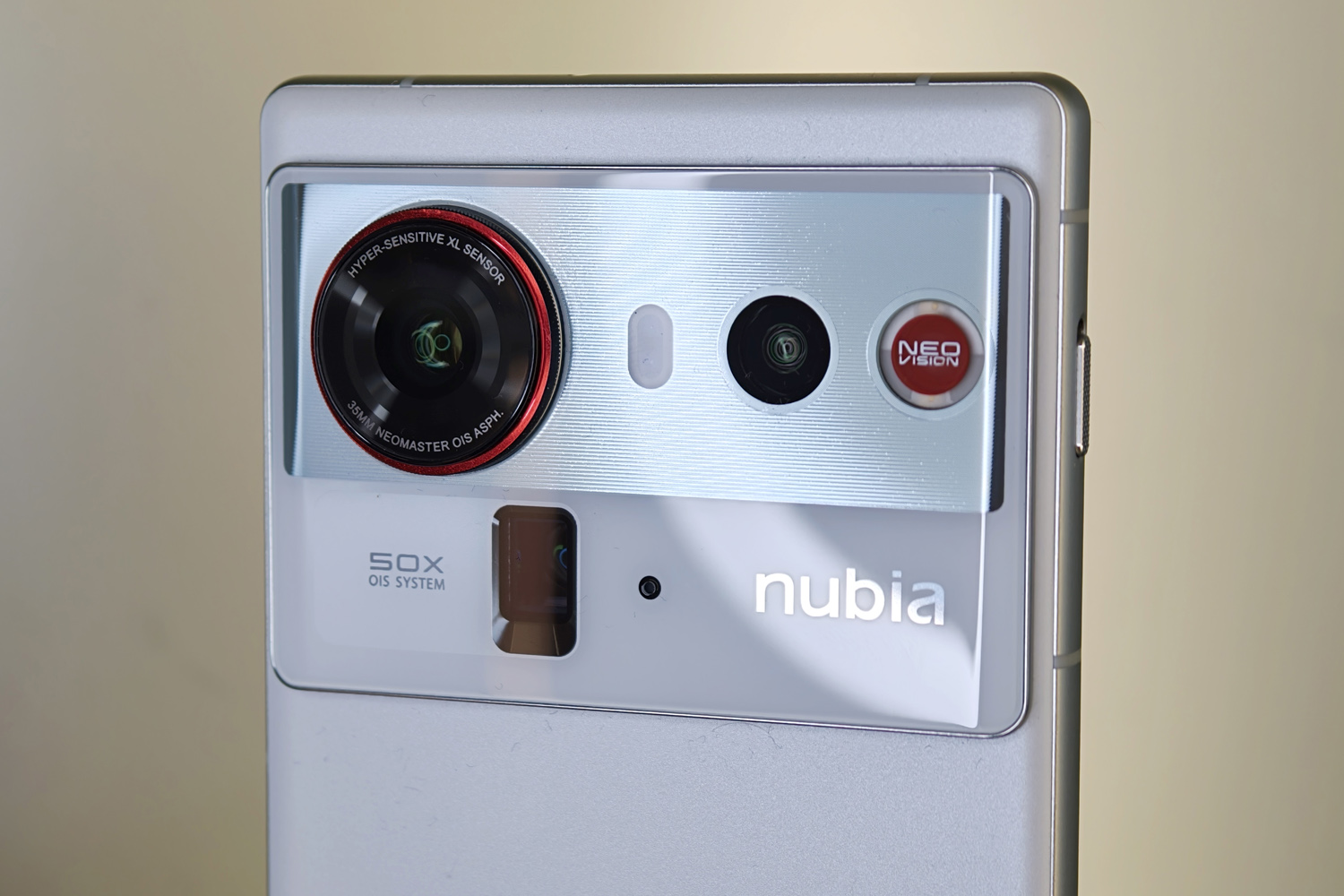

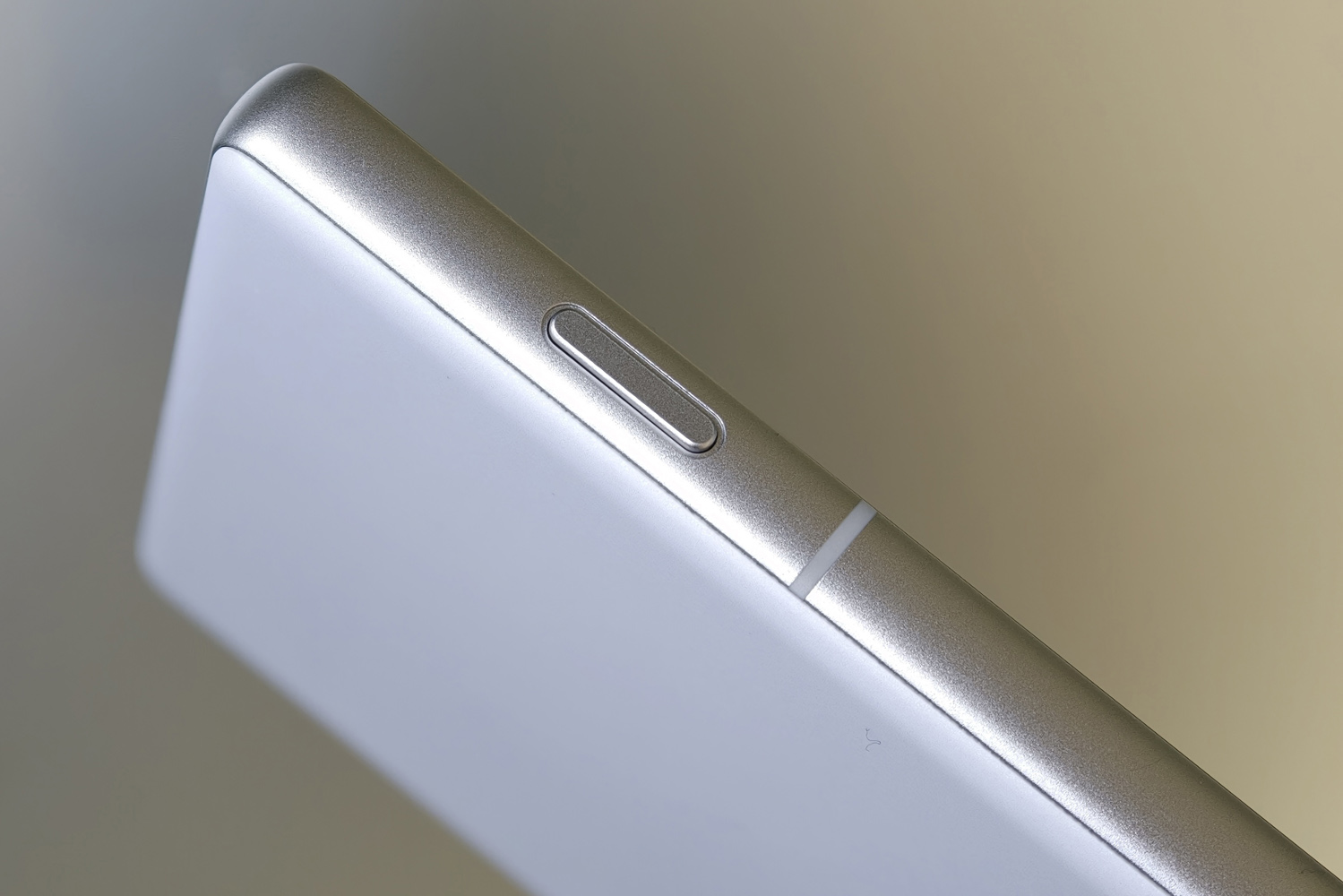
Wondering what all the fuss is about a 35mm lens? Let me translate for anyone who doesn’t speak photographer. The Nubia’s 50MP lead snapper has a more magnified view than a typical smartphone, and one that’s closer to a traditional camera. A 35mm focal length is a closer match to the human eye, so shots feel a little more true-to-life. It’s also perfect for portraits, with more depth of field than a regular phone’s main camera can usually manage.
While this year’s effort loses the variable aperture, it does get a physically larger sensor than the Z70 Ultra had, for better light gathering abilities. It’s paired with a familiar 64MP, f/2.4 periscope telephoto lens; both have phase-detect autofocus and optical image stabilisation.
There’s also an ultrawide, which has seen the biggest generational improvement. Nubia has opted for an 18mm equivalent rather than the 13mm seen on the Z70 Ultra, and the sensor is bigger to boot. That does mean you can’t squeeze quite as much into a scene as before, but because it doesn’t rely on distortion correction at 18mm, shots look cleaner and more detailed.
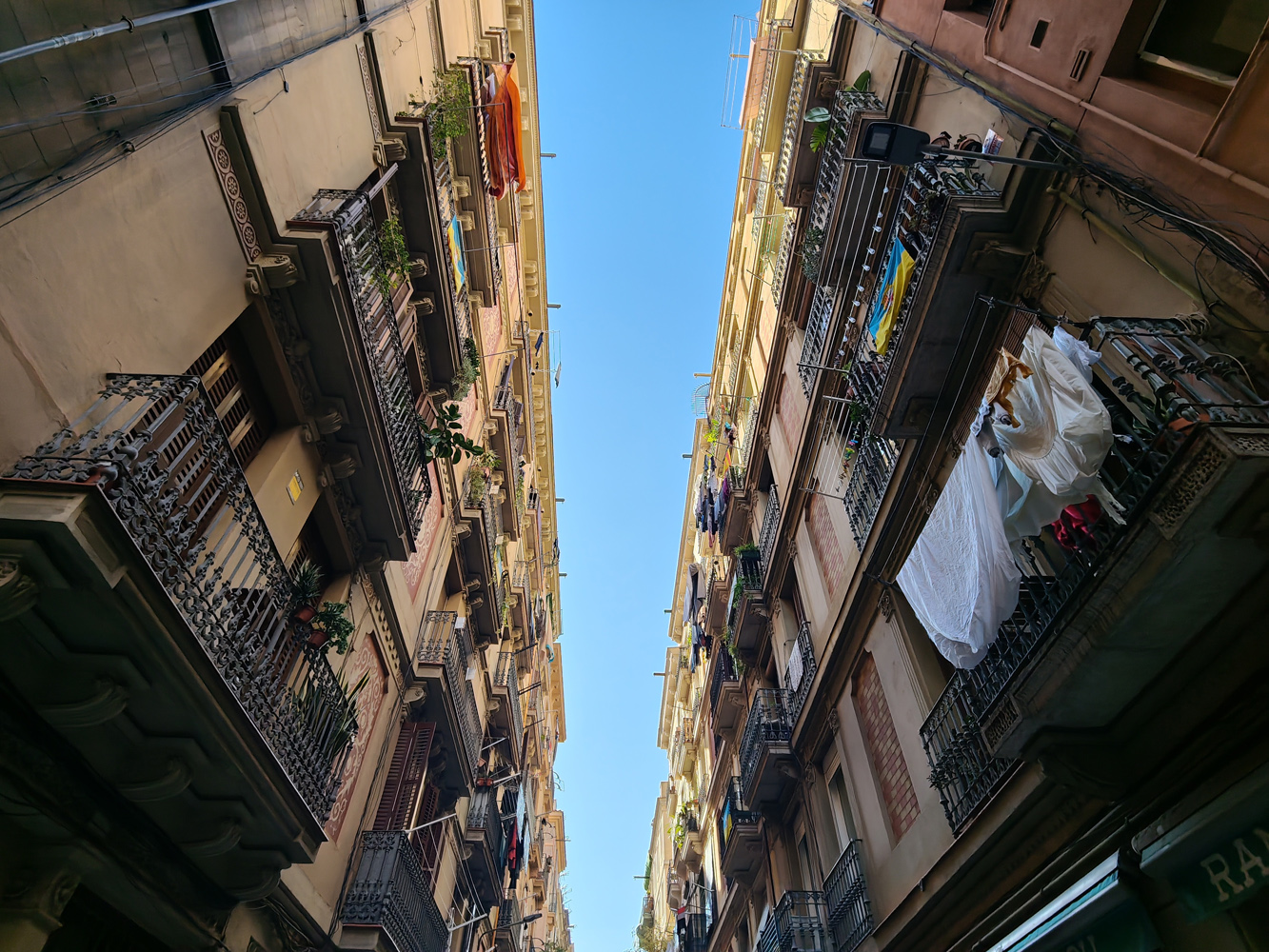
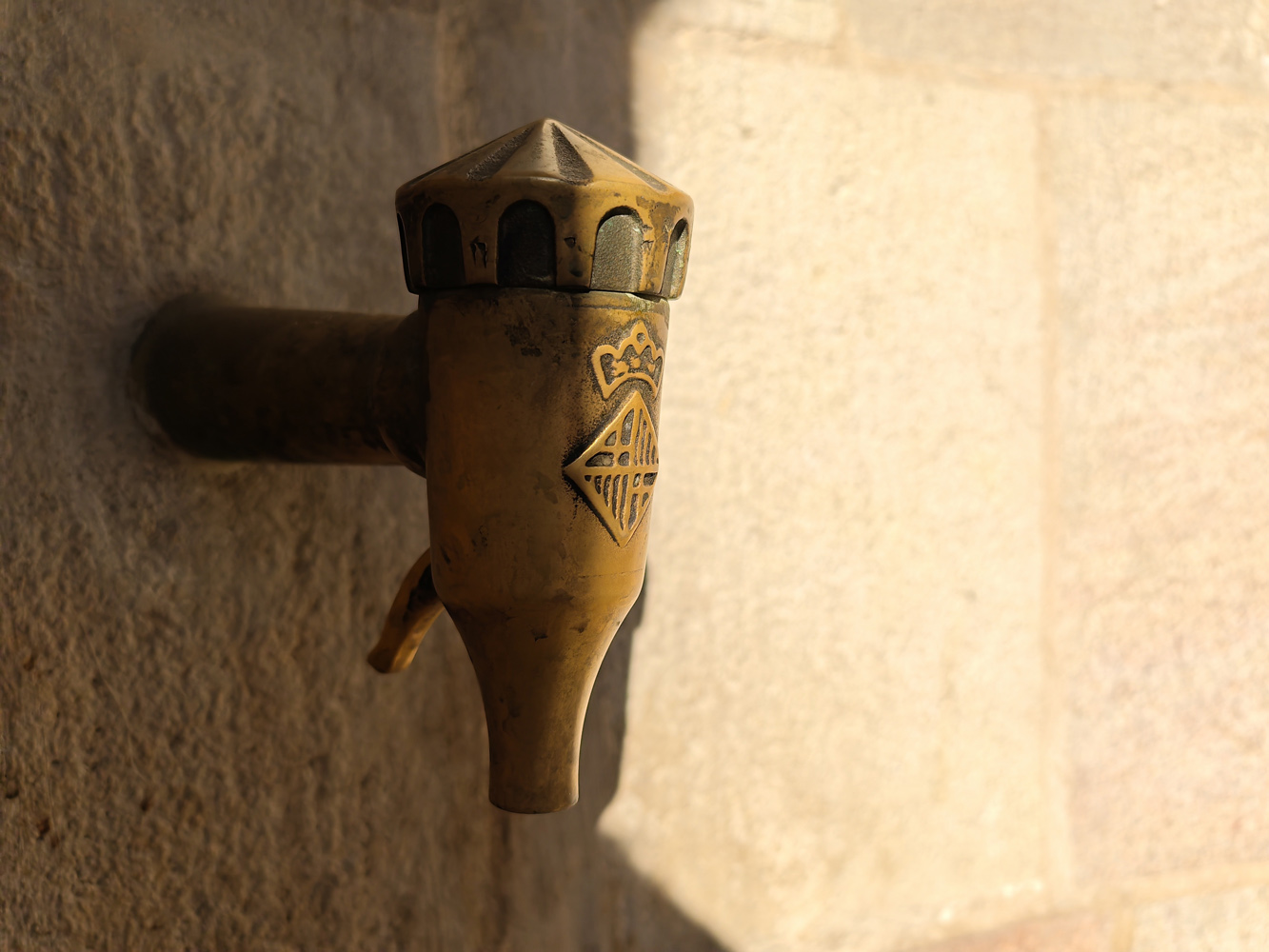

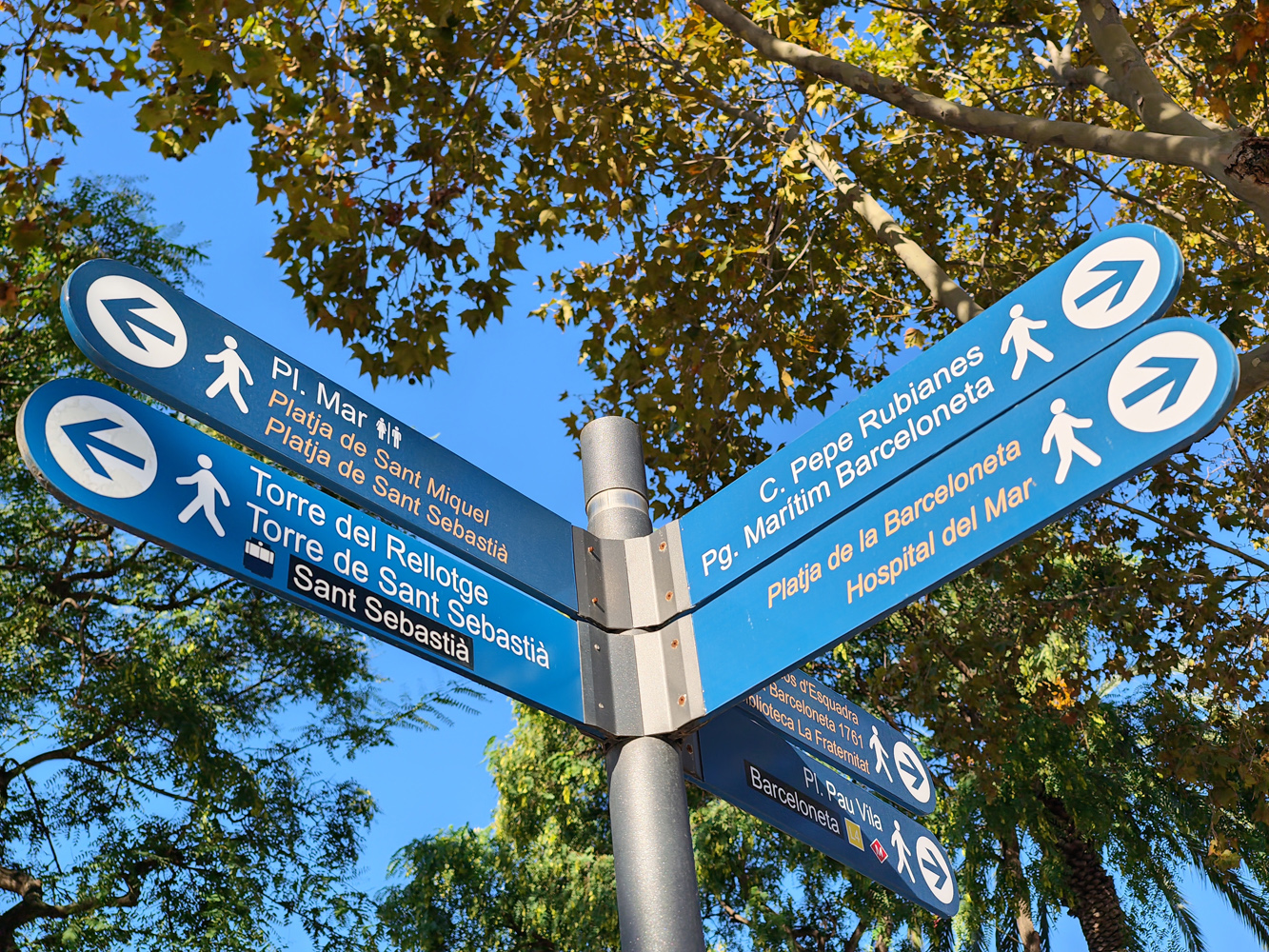

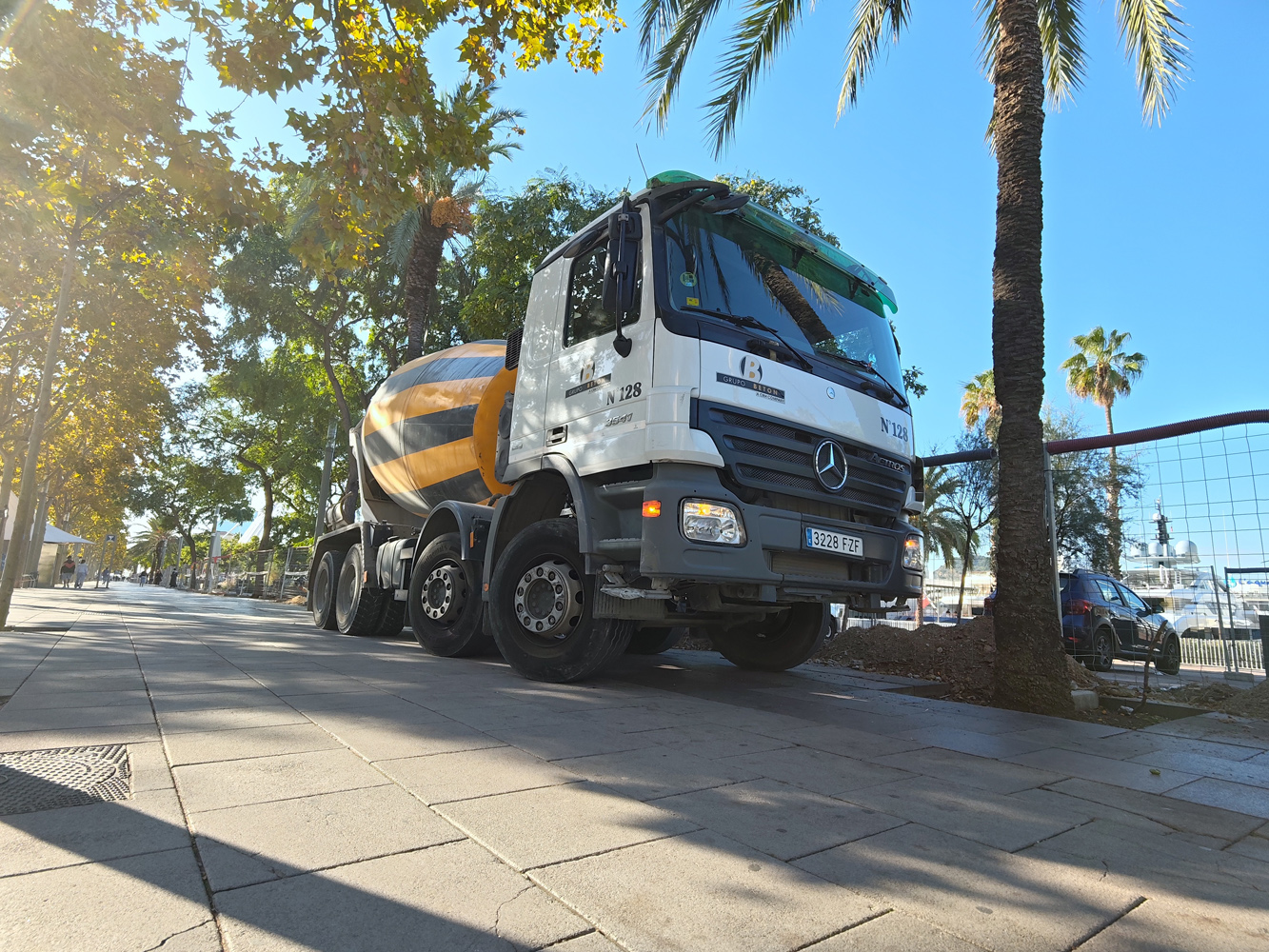
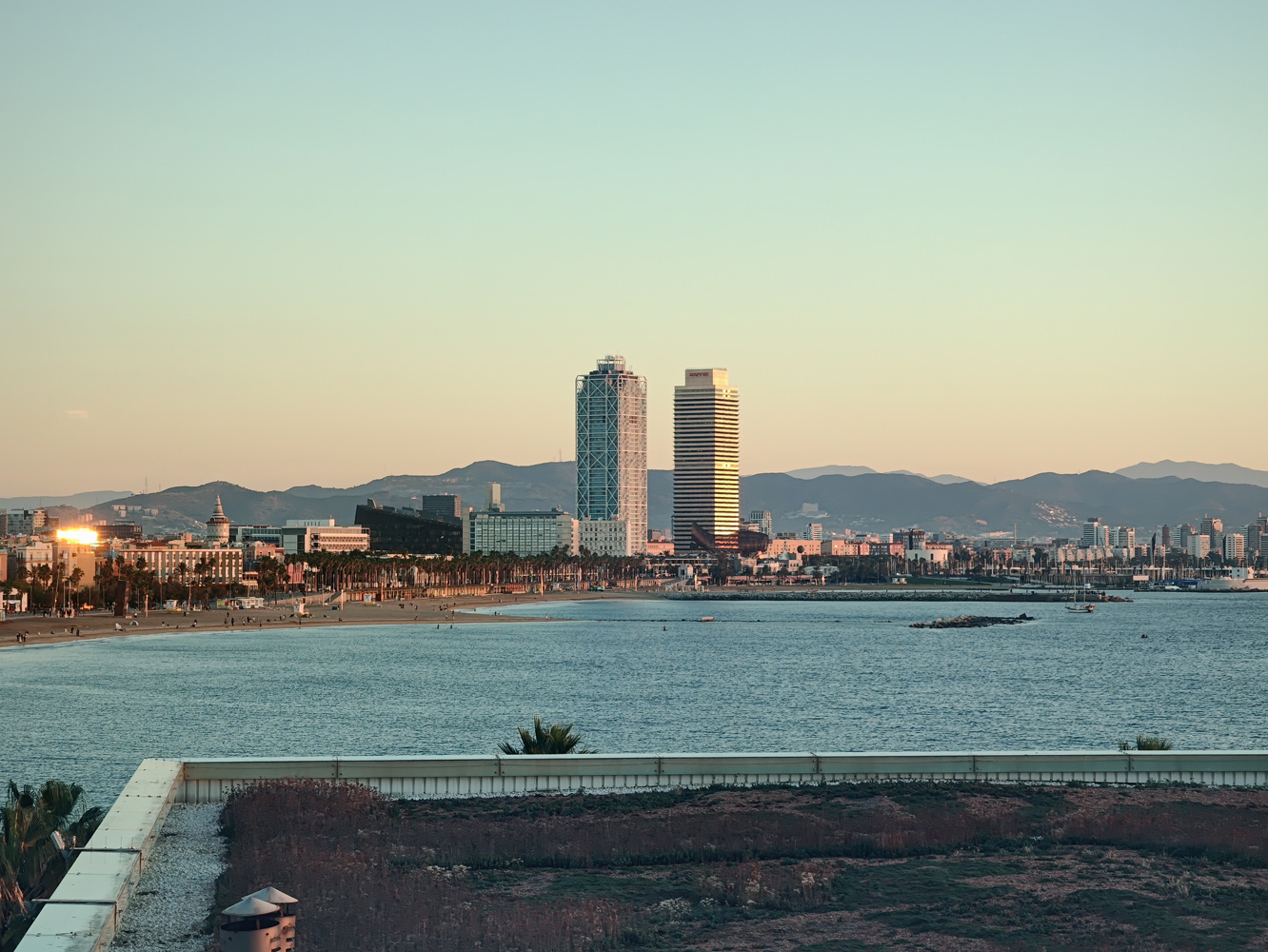





Nubia still hasn’t changed the way the Street Photography mode unevenly progresses between the various lenses and lengths (18mm, 24mm, 35mm, 50mm, 70mm, 85mm and 140mm), which takes some getting used to. That maximum zoom implies the telephoto’s native focal length is really 70mm.
I do like how this mode gives you manual focus controls, an option to add analogue film grain, and see things like ISO level and shutter speed without having to dive into the Pro mode. It became my go-to on a recent foreign trip, with a long-press of the shutter button opening it up even when the phone was locked.
The framing really suits the sort of architecture and close-up shots I prefer to take, and portraits of people appeared more natural too. There’s a good amount of dynamic range, with highlights kept in check over outright shadow definition. Colours are mostly on the money, too.
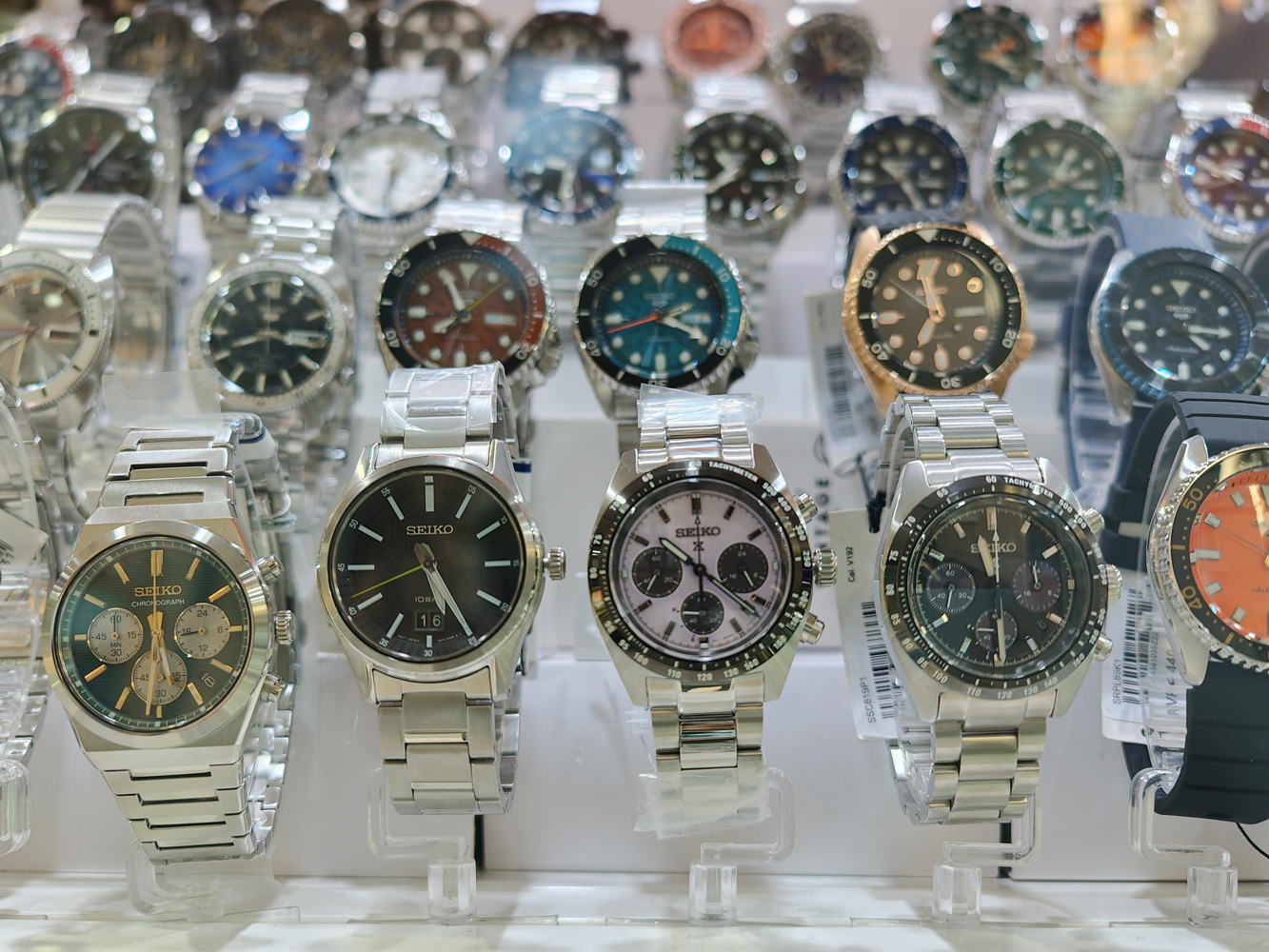

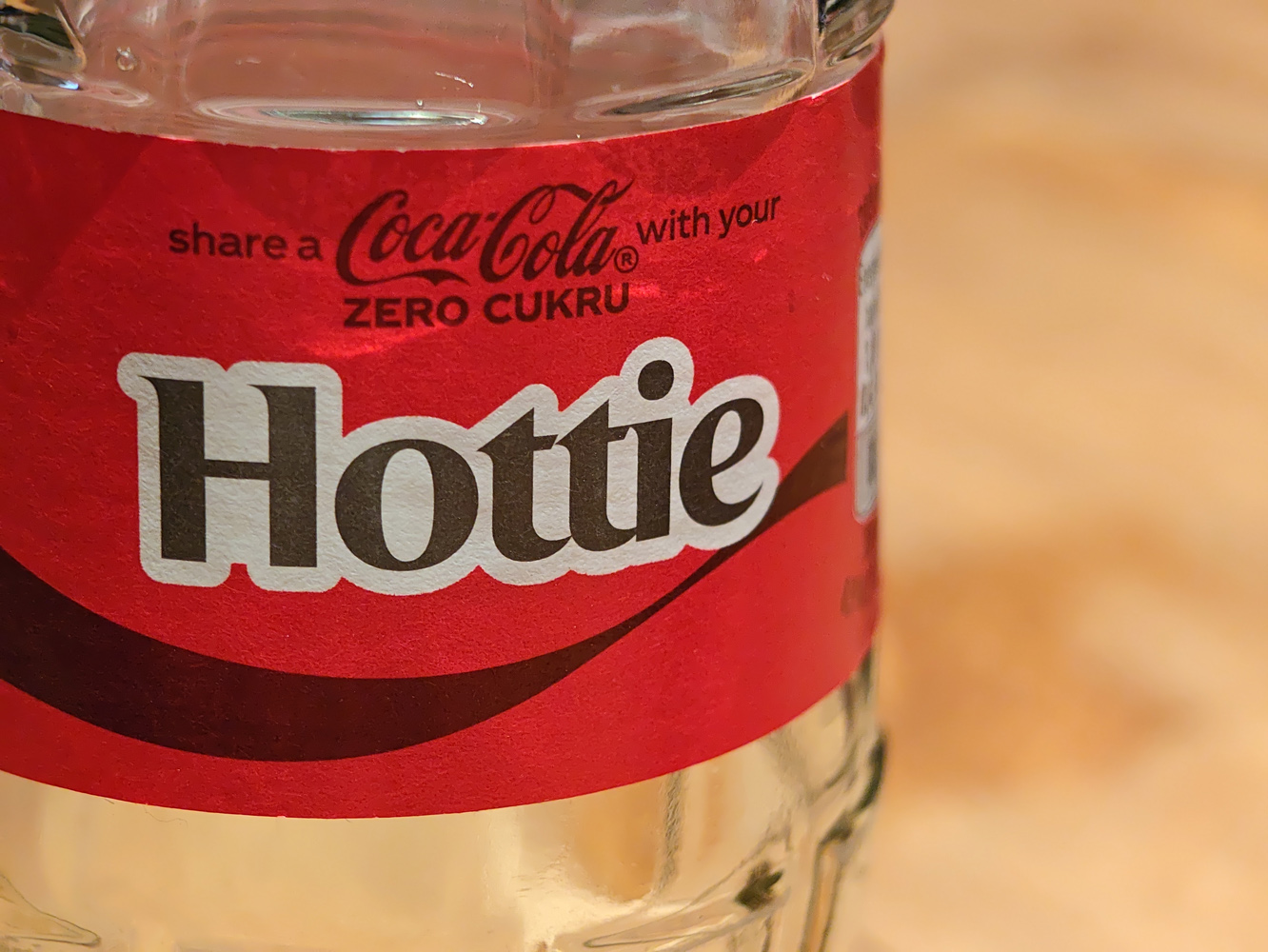

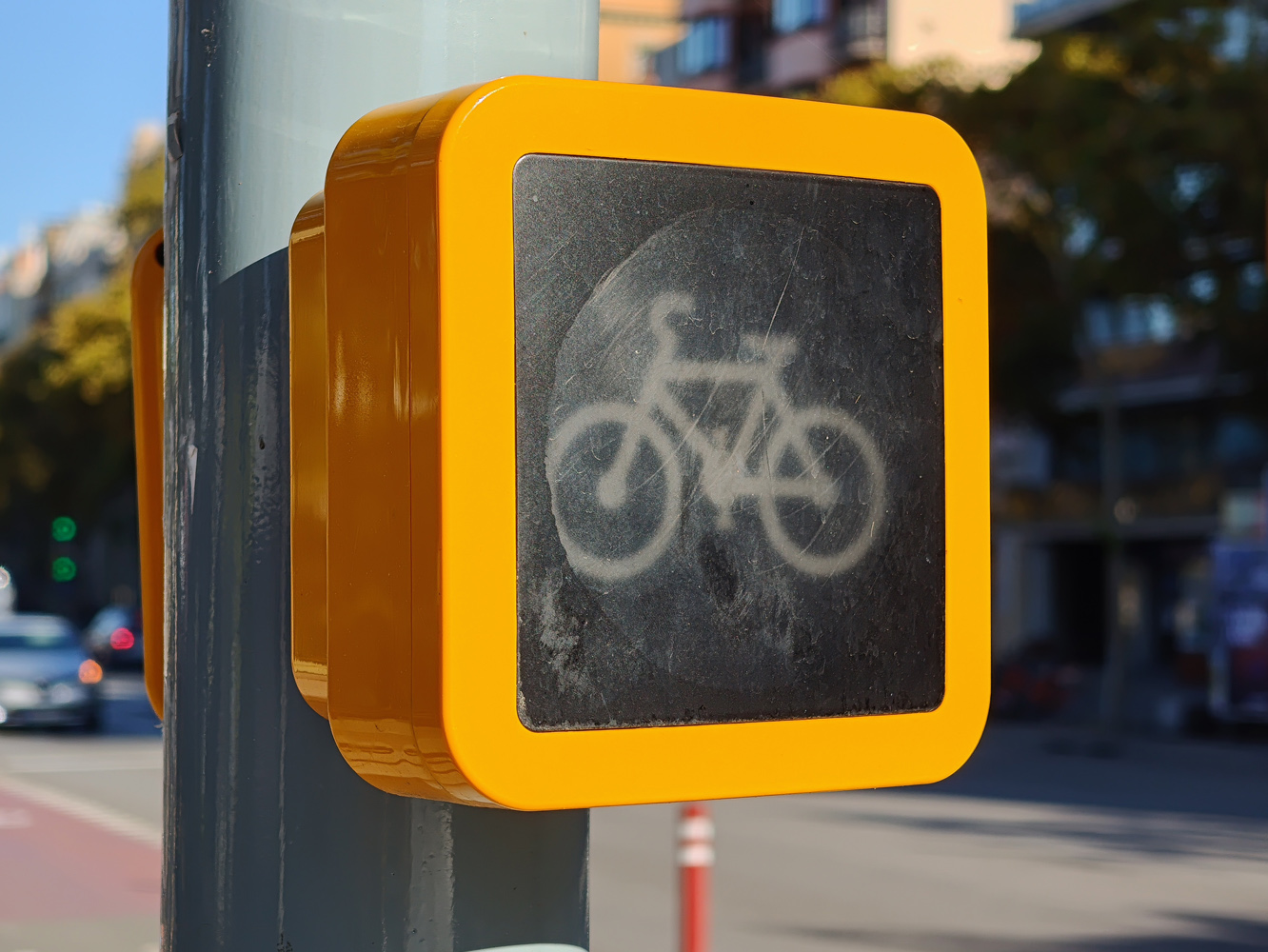
Zoom shots are a very close second, with wonderful depth of field for close-ups and plenty of preserved details. Once digital magnification is added to the mix things fall apart faster than on rival phones, though.
The ultrawide shows a welcome improvement in dynamic range over the outgoing phone, being a much closer match to the main lens. There’s a good amount of detail on display, though not quite to the same level as the lead camera. Colour consistency across all three shooters isn’t the greatest I’ve seen, but in daylight scenes they’re a very close match.
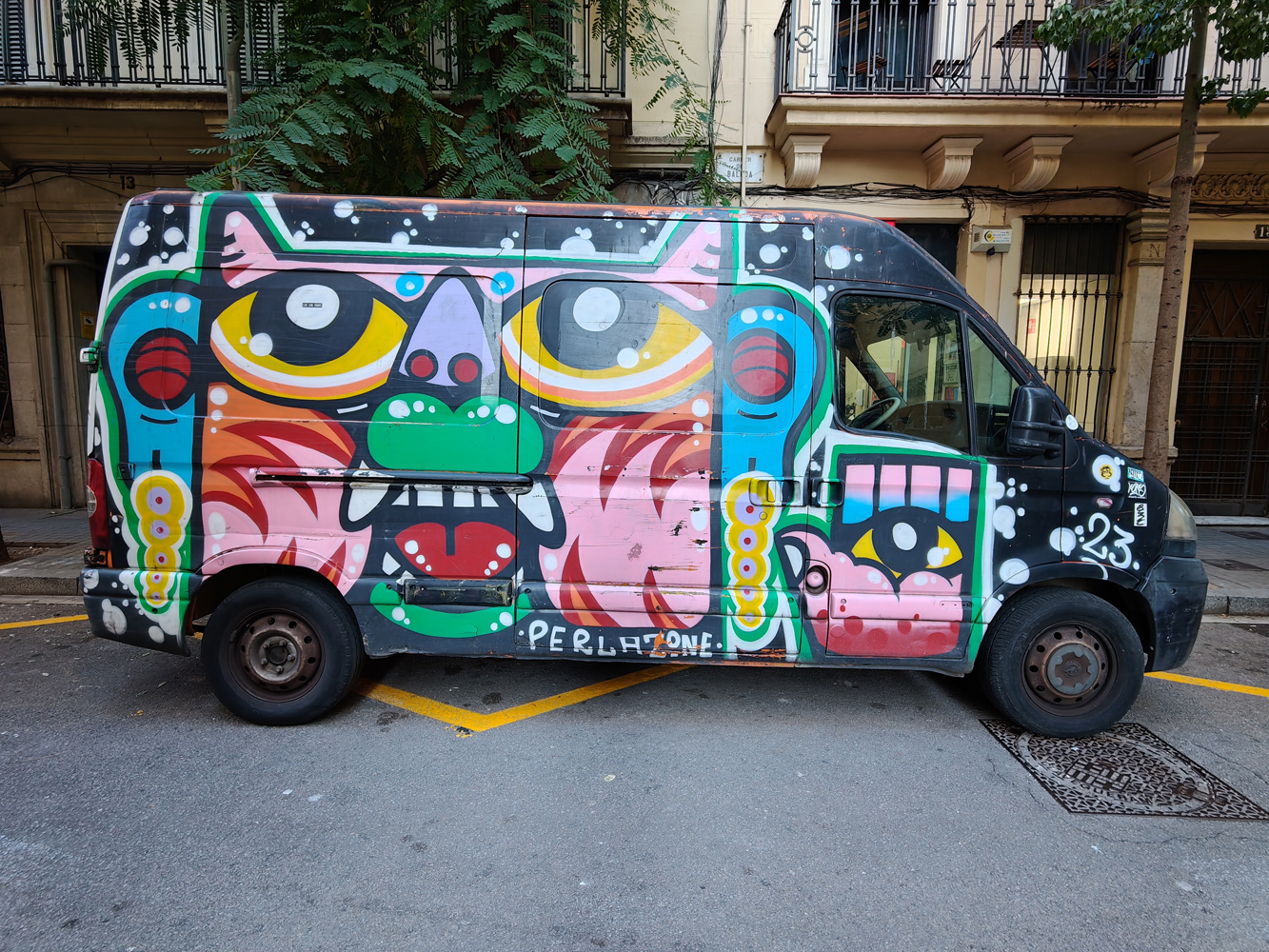


I do think Nubia’s image processing in general lacks some of the nuance of the very best camera phones, with more aggressive smoothing. This is more noticeable at night, where details drop off as noise reduction kicks in, stripping out quite a bit of texture. This was clear even in moderately low-light scenes. It also leans warmer under artificial lighting, whereas rivals manage to stay a bit more true to life. It’s still a good performer for the cash – but it’s clear what spending more brings to your photos.
It’d be unfair to slate the Z80 Ultra’s selfie-taking abilities too harshly, as it’s using an under-display sensor; details are nowhere near on the level of a flagship phone with a punch-hole lens, true, but the results are serviceable enough. Just remember to turn the beauty features off first, as they were enabled by default on my review unit.
Software experience: simple is best?
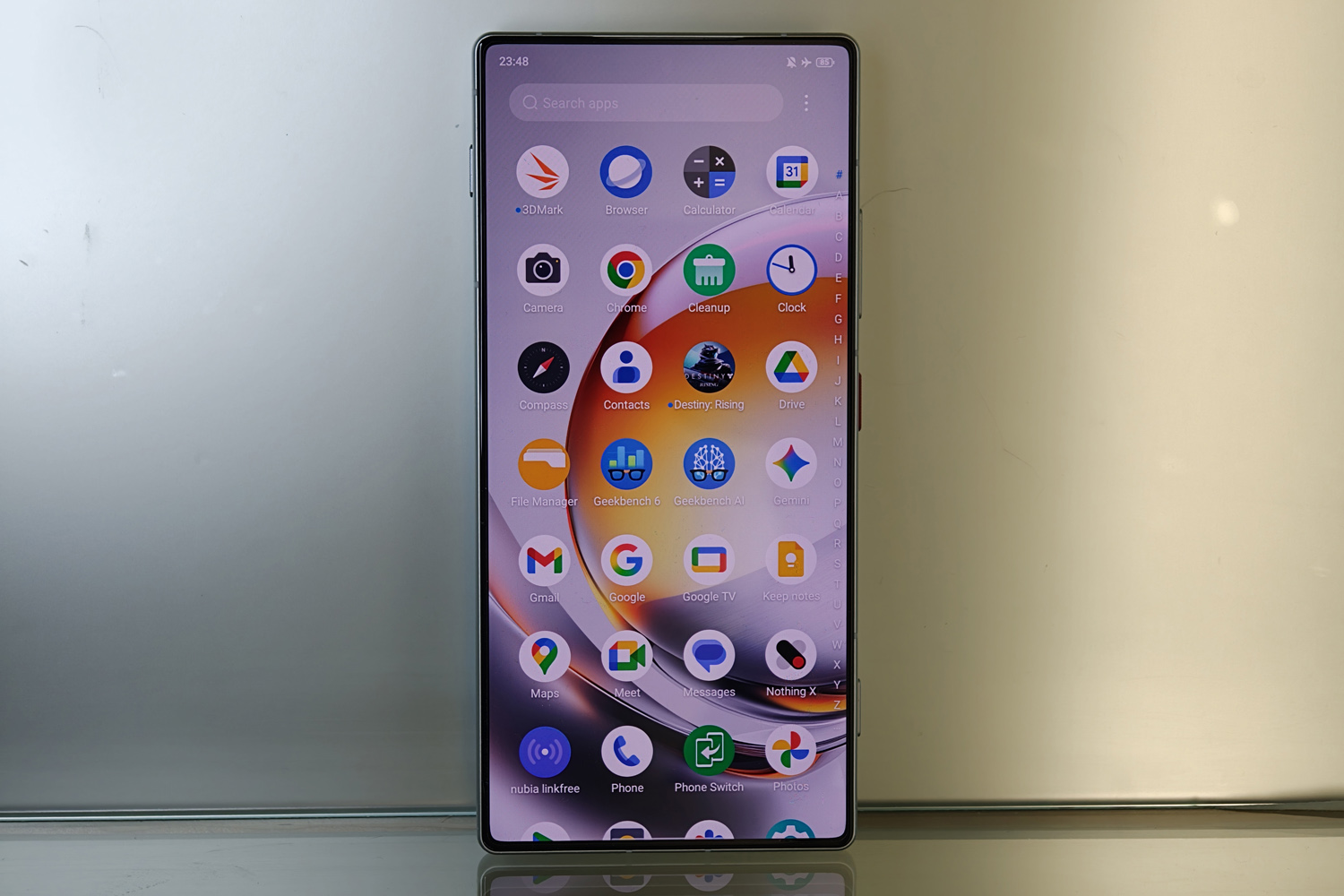
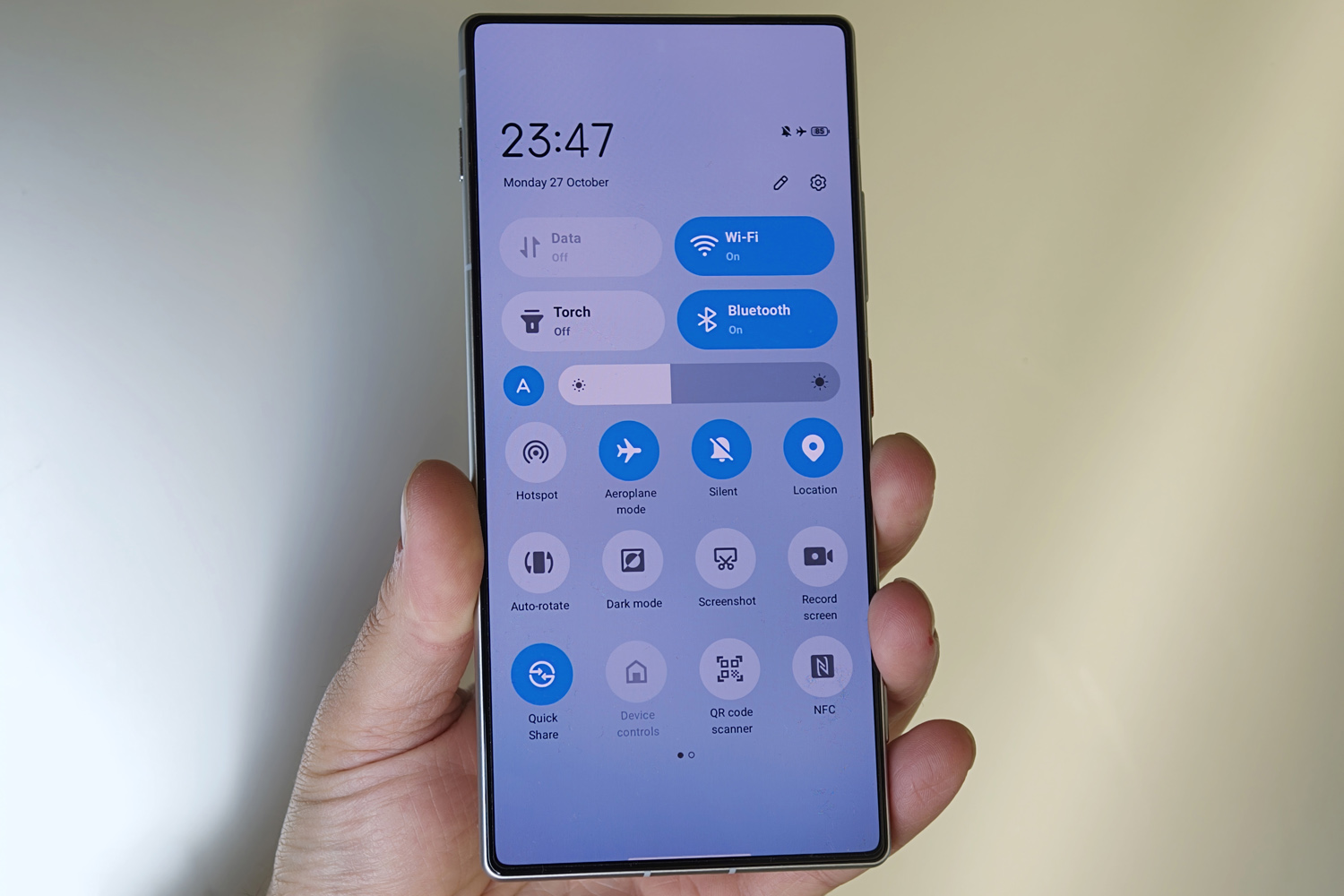

If you’re sick of overbearing Android skins that are stuffed with pre-loaded apps, the Nubia Z80 Ultra will be a breath of fresh air. An in-house file manager and weather app are the biggest of just a scattering that aren’t Google’s defaults, so you’re really getting the bare essentials here.
Anyone more used to Samsung’s expansive app ecosystem might find it a little too bare-bones, but there’s a decent level of customisation on offer once you dig down into the Settings screens. I like that there’s no own-brand app store, like you get on a lot of phones from Chinese brands; they’re largely defunct on handsets that come with the Play Store preinstalled.
Despite what its name may suggest the Nebula AIOS skin is largely devoid of artificial intelligence, with a live translator for phone calls or in-person meetings being the only standout. Icons are a little different, and swiping on the home screen brings up a Nubia-built version of Google Discover, but otherwise the layout feels very similar to a Pixel phone.
It’s based on Android 16, so you’re as up to date as can be right out of the box (at the time of writing, anyway). Nubia’s update commitments haven’t changed, meaning owners can expect three years of new Android versions – a pretty average offering now that Samsung and Google have made seven years the norm.
Performance & battery life: meet the new flagship baseline

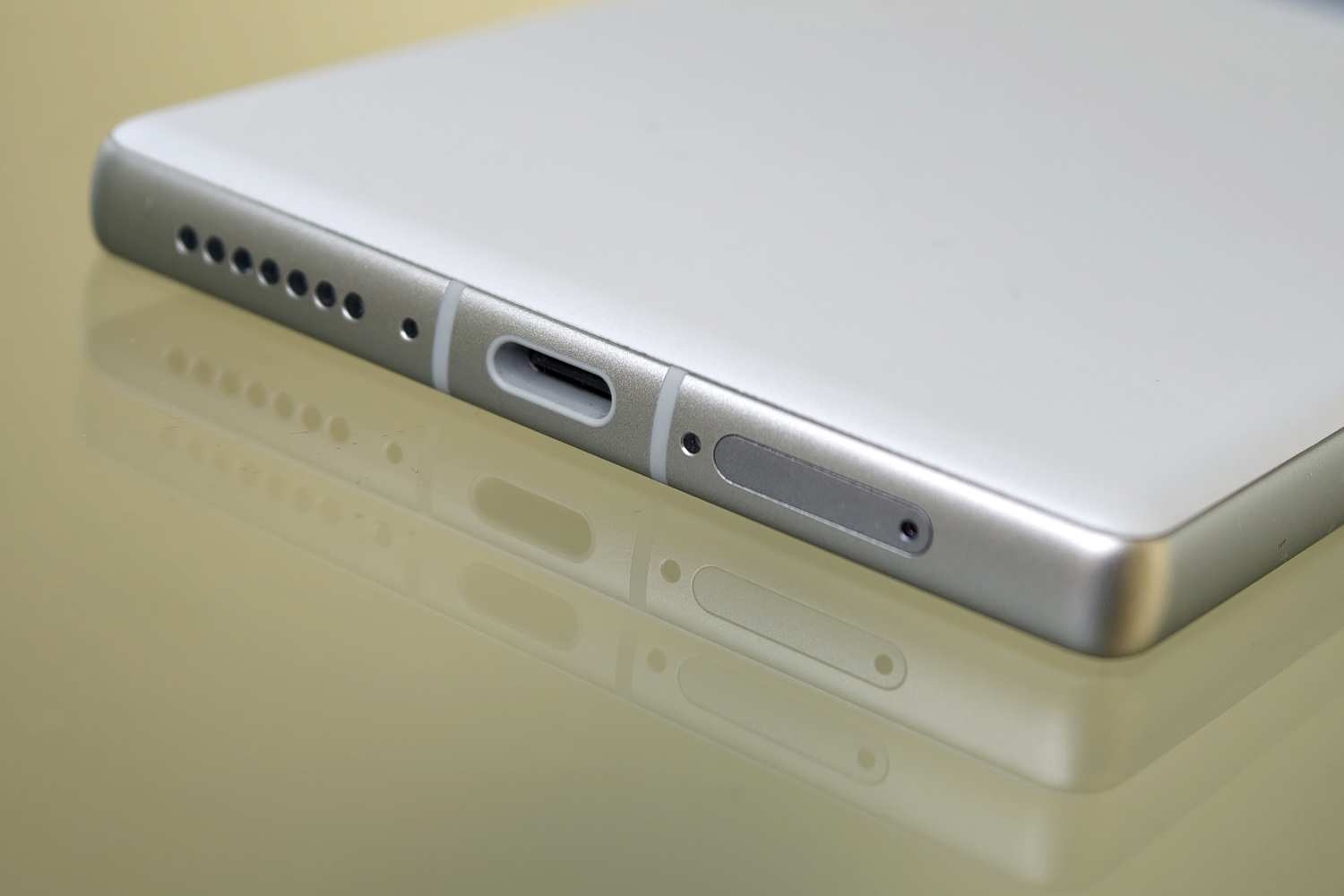

2026 is going to be stacked with top-tier phones using Qualcomm’s latest chipset, but the Nubia Z80 Ultra was the first to land on my doorstep. Paired with 12GB of RAM here, the Snapdragon 8 Elite Gen 5 is an absolute beast, putting anything from the previous processor generation to shame and coming out on top more times than not against MediaTek’s Dimensity 9500 in synthetic tests. The PCmark Work 3.0 test in particular was almost double.
Whether we can expect rival phones to push the silicon harder – or cool it more effectively – for extra performance remains to be seen, but right now this is comfortably one of the fastest Android handsets out there. In real-world use it absolutely flies, naturally, with apps opening instantly and multitasking never being a concern.
Gaming is also unrivalled, with my usual mix of Diablo Immortal and Destiny Rising both defaulting to their highest graphics settings. Performance was always buttery smooth, with no obvious hitching or stuttering even when things got hectic. While the phone does heat up with prolonged use, I didn’t see it affect gameplay in the hour I spent slaying demons or nova-blasting Guardians.
| Nubia Z80 Ultra benchmark scores | |
|---|---|
| Geekbench 6 single-core | 3721 |
| Geekbench 6 multi-core | 11,175 |
| Speedometer 3.1 | 14.6 |
| PCmark Work 3.0 | 26,853 |
| 3Dmark Solar Bay | 13,822 |
Silicon-carbon batteries are becoming the norm across the phone world, with a few notable exceptions. Apple, Samsung and Google, feel free to catch up whenever you can, yeah? The Z80 Ultra’s humungous 7200mAh cell puts anything those three firms make to shame, and it translates to epic endurance.
While the Snapdragon 8 Elite Gen 5 didn’t wow me with its efficiency like the MediaTek Dimensity 9500 inside the Oppo Find X9 Pro, there’s still enough juice here to last well into a second day of use with very little effort. Even with a few hours of 3D games, I could get to the next morning without having to plug in overnight. This ought to be the new standard for 2026 flagships, though right now only one or two rivals come close.
Charging speeds are equally impressive, managing 80W over USB-C or wirelessly – though the latter needs a compatible charging pad, and those aren’t especially common here in the West. Even then, I saw a full charge in around an hour, as the battery is just that big now. A 30 minute top-up will still get you most of the way there, though. Being able to bypass the battery entirely is a great inclusion when gaming on mains power, too.
Nubia Z80 Ultra verdict

It does things a little differently to the tech trendsetters, but the Nubia Z80 Ultra keeps pace on the hardware side, and puts pretty much every recent rival to shame on value. The firm may not have a huge presence in the West, but that just makes it more of a hidden gem.
The unobstructed display and top-tier chipset make it a fantastic choice for mobile gamers wanting maximum bang per buck, and the colossal battery provides epic endurance. Camera image processing is a step behind bigger names, particularly in low light, but the unique 35mm focal length and physical shutter button make it a street photography star.
Ultrawide improvements, a generational performance jump and the bigger battery probably won’t see Z70 Ultra owners rushing to upgrade. Anyone used to a full ecosystem of apps will also find the software a bit too stripped-back, and selfies are still a weak point. But those are trade-offs bargain hunters should be happy to make.
Stuff Says…
The Nubia Z80 Ultra’s software isn’t as polished as some rivals and year-on-year upgrades aren’t massive, but it’s still an astonishingly affordable flagship phone with performance to spare and competitive cameras.
Pros
Photographer-friendly rear camera trio is a blast to use
Rapid performance and outstanding battery life
Stripped-back take on Android is a breeze to use
Cons
Under-display camera not the greatest for selfie addicts
Thicker and heavier than other flagships
Left behind on software features
Nubia Z80 Ultra technical specifications
| Screen | 6.85in, 2688×1216 AMOLED w/ 144Hz, 2500 nits peak brightness |
| CPU | Qualcomm Snapdragon 8 Elite Gen 5 |
| Memory | 12/16GB RAM |
| Cameras | 50MP, f/1.7 w/ PDAF, OIS + 64MP, f/2.4 telephoto w/ PDAF, OIS, 2.7x optical zoom + 50MP, f/1.8 ultrawide w/ PDAF rear 16MP, f/2.0 under-display front |
| Storage | 512GB/1TB on-board |
| Operating system | Android 15 |
| Battery | 7200mAh w/ 80W wired, 80W wireless charging |
| Dimensions | 165x77x8.6mm, 227g |


